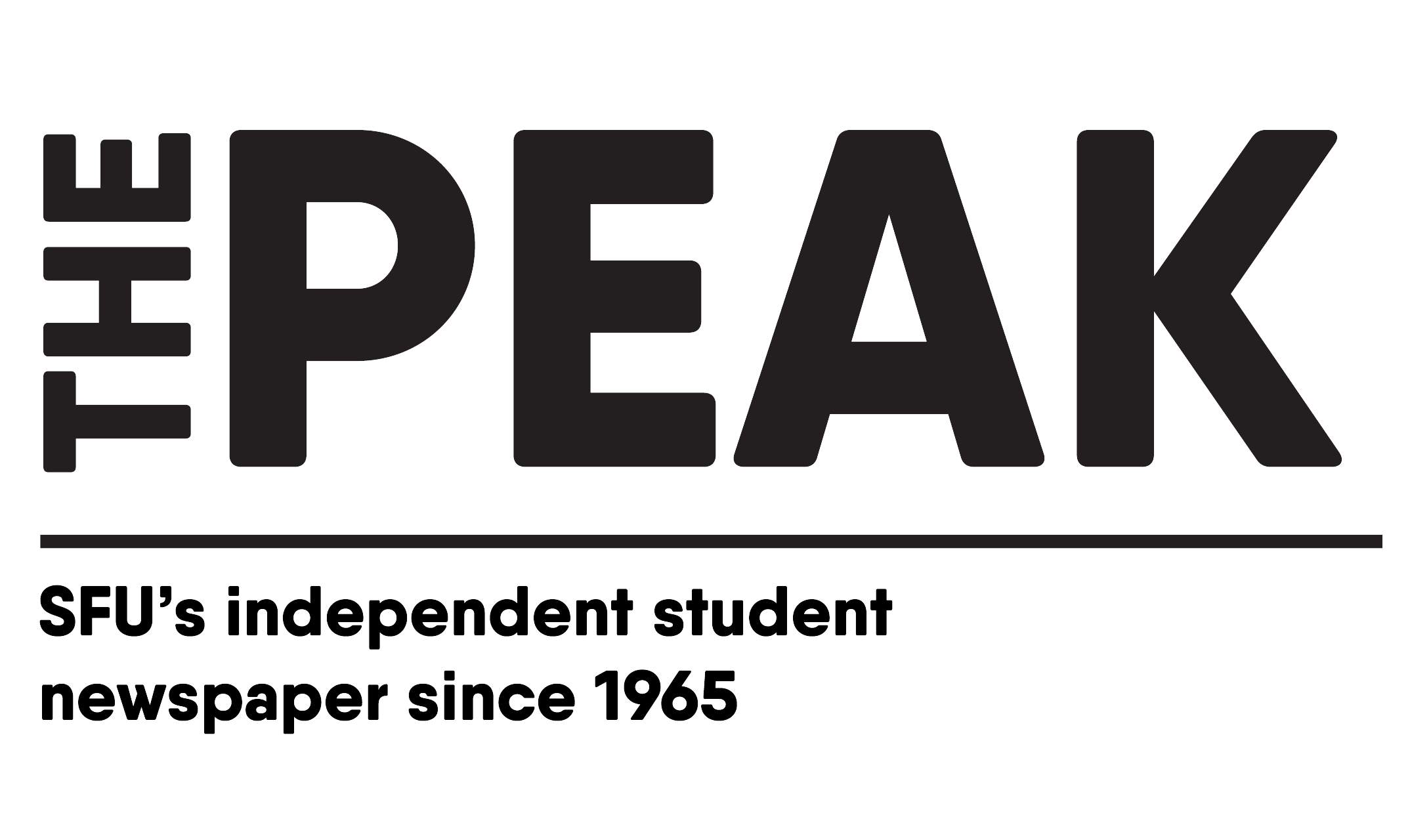
The SFU community has just become much closer to the stars drifting overhead.
The Trottier Observatory and Science Courtyard was opened to the public on April 17. It welcomed a crowd of almost 2,000 people eager to get a glimpse of what lies beyond our little blue planet.
Lying just east of the AQ on Burnaby Campus, the observatory was built over the course of the past two semesters and is intended to engage scientists and non-scientists alike.
For Howard Trottier of SFU’s physics department, this is a dream come true. A $2.7 million gift from the Trottier Family Foundation helped cover the $5.1 million cost of the project.
He explained that a major step forward for the project was SFU’s offering of the building site. Trottier offered, “I used to dream about having that spot, but I thought I would never ask because I would never get it.”
The surrounding courtyard features diagrams of stars visible in the night sky during the various seasons and a row of benches representing the light emitting spectra of astronomically important elements like hydrogen and helium.
In the near future, lampposts with power outlets will be installed to support amateur astronomers who bring their own telescopes. There are also plans to install a flat screen monitor on the interior observatory wall to show the telescope feed, as well as to stream it online.
Many attendees of the opening night were participants of SFU’s Starry Nights program. Founded in 2007, the free program brings together stargazing enthusiasts in order to satisfy their curiosity of space — weather permitting.
Starry Nights, hosted by Trottier, helps educate and train grade school children, parents, students, and teachers in the use of telescopes and the observation of stellar bodies. The program has given away hundreds of free telescopes to communities, grade-school classes, and families.
When asked about the choice to use astronomy for science outreach, Trottier explained that there are very few barriers to the average person from observing the night sky. “People can look at the sky with their eyeballs and see what’s out there without there being anything between them in that experience,” he said. “That makes it very accessible to people.”
That very experience had a lasting impact on a young Trottier when a camp counselor first introduced him to the night sky in grade six. “Eventually I got my own little telescope,” Trottier recalled. “I remember when I saw the rings of Saturn the first time, I’ll never forget it.”
What’s next for the observatory? Trottier said the next thing is encouraging students to use it, along with “figuring out how to use it.”
For those wanting to get involved and experience the majesty of space, Trottier emphatically stated that no professional experience or education was necessary. “You just have to be interested.”




